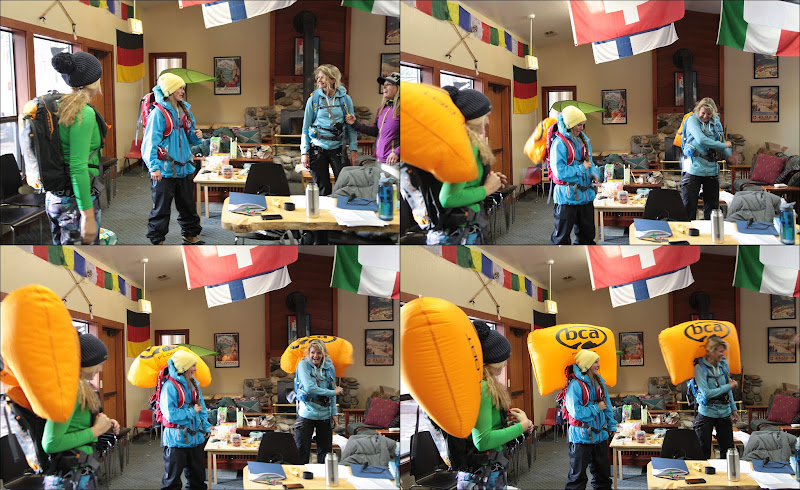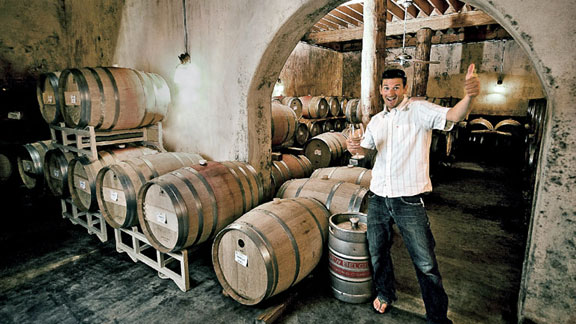
A photo I took of Jim Jack skinning in the North Cascades in the spring of 2011.
When I interviewed Heidi Biber — a family friend of mine — about her experience as a survivor of a major Class 3 avalanche that killed seven people in British Columbia in 2003, I had no idea that someday I’d be in the same horrific situation as Heidi. I interviewed Heidi for a story for Backcountry magazine — you can read it by clicking the "Life Affected" link here — and hearing her story was profoundly moving for me. But it wasn’t until Feb. 19, the day an avalanche in the backcountry near Stevens Pass, Washington, took the lives of three incredible people, that I truly understood Heidi’s words. I was there that day at Stevens Pass and there are simply no words I could use here to describe the sorrow and the sadness. So, instead, I’m going to use some of Heidi’s words, from the story I wrote. Because in many ways, they are the same things I would say.
"I went into this surreal, this-isn’t-happening mode. It was as if I were looking through this weird lens and a movie was rolling."
"There were a couple of miracles that day. But not many."
"I don’t use that old cliché, ‘At least they were on the mountain when they died.’ It was a disaster."
“I felt tons of survivors’ guilt. Why not me? It took a long time to get beyond that.”
"The chemistry in your body and brain can change after an episode like that. Now, when I sense danger, my fight or flight endorphins start surging more rapidly than they did before."
"I think about the experience more frequently than you can imagine. It’s random. Sometimes it’s when I’m out skiing, but not always. The tapes go through my head, but they’re not as emotionally charged as they used to be."
“I still backcountry ski. I love it. It’s a huge passion.”























